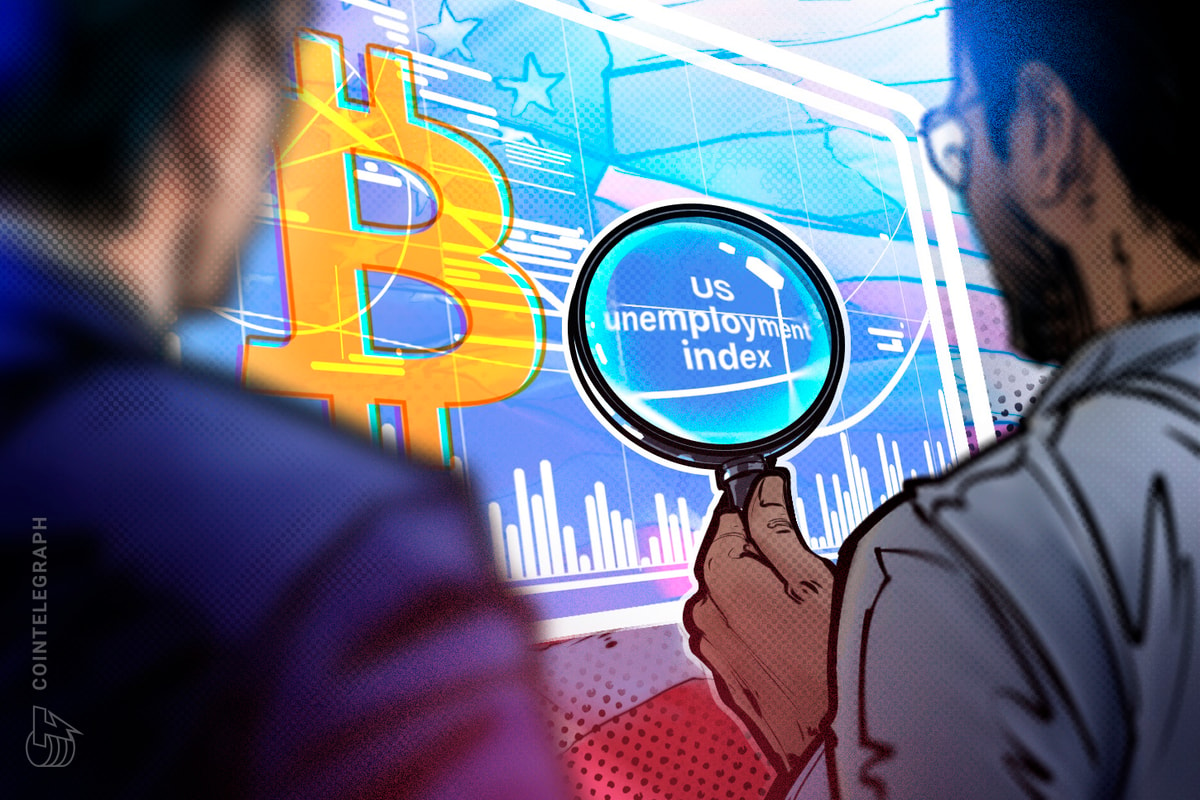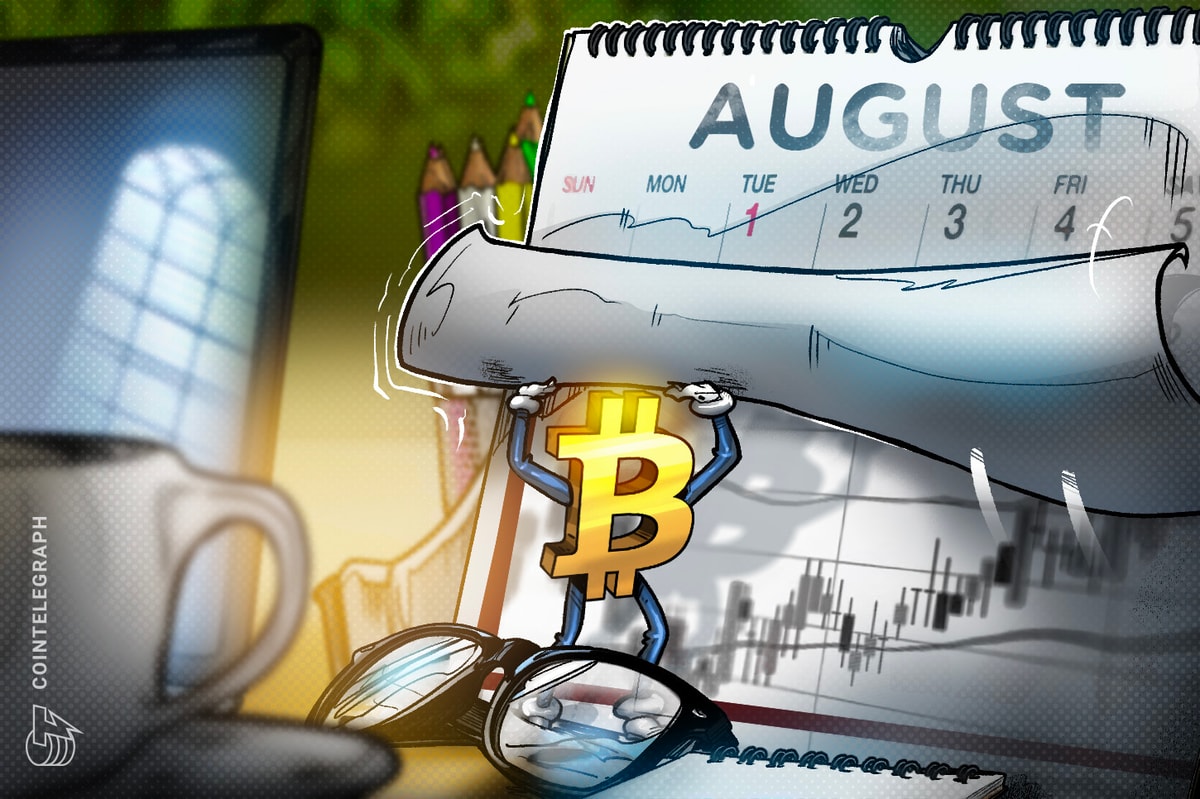Key takeaways:
Bitcoin briefly surged to $113,000 before reversing after weaker-than-expected US payrolls data.
Onchain flows show $2 billion in stablecoin inflows and record open interest near all-time highs.
A weekly close above $112,500 is needed to confirm a lasting market bottom.
Bitcoin (BTC) has rallied as much as 4.75% this week, rising to $113,384 from $109,250, extending its bullish momentum into the US Nonfarm Payrolls (NFP) release on Friday.
The data came in significantly weaker than expected, with only 22,000 jobs added in August versus forecasts of 75,000 and July’s 73,000 print. The unemployment rate ticked up to 4.3%, in line with expectations but higher than July’s 4.2%, while wage growth slowed to 3.7% year-over-year from 3.9%.
For risk assets like Bitcoin, weaker labor market data strengthens the case for Federal Reserve rate cuts. With Fed cut odds at 88.2%, the report underscores cooling inflationary pressures and increases the likelihood of liquidity injections. Lower rates and dollar weakness typically act as a tailwind for crypto markets.
Onchain data signals suggest that the market was preparing for this outcome a day prior. Stablecoin inflows into exchanges surged to over $2 billion, with traders parking liquidity on the sidelines.
Historically, such activity reflects “dry powder” ready to rotate into BTC and ETH once a catalyst emerges. At the same time, Bitcoin’s open interest has climbed above $80 billion, near all-time highs, despite price consolidation around $110,000, a sign that leveraged positions are building rather than unwinding.
The combination of easing macroeconomic pressure and bullish onchain positioning sets the stage for volatility, but the structural bias remains upward. With liquidity primed and sentiment shifting risk-on, Bitcoin may be preparing to carve out a bottom and ignite its next leg higher.
Related: Rare Binance Bitcoin bottom signal fires: Will bulls or bears benefit?
Is the Bitcoin bottom in?
Following the weaker-than-expected NFP print, Bitcoin initially tracked higher but quickly reversed, sliding 1.5% after the New York session open. The drop pushed BTC back below $111,000, after retesting the key supply zone between $112,500 and $113,650.
These abrupt intraday pullbacks often stem from early long liquidations, with over $63 million erased in the last four hours, alongside potential stop-hunting by market makers capitalizing on crowded positioning before resetting trend direction.
On the one-hour chart, the structure remains constructive. Despite the setback, Bitcoin continues to carve out higher highs and higher lows, a classic sign of an uptrend. Unless BTC decisively closes below $109,500, the short-term bullish structure holds, with the dip looking more like a liquidity sweep than a genuine trend shift.
Zooming out, the higher time frames tell a more cautious story. With two days left before the weekly close, it is premature to call a confirmed bottom. A decisive close above $112,500 would meaningfully strengthen the case that a base has formed near $107,500.
Until then, the broader market remains in a transitional phase, balancing between macro-driven optimism and local supply pressures. In short, the lower-timeframe bias remains bullish, but confirmation of a durable bottom rests on the weekly close holding above resistance.
Related: Bitcoin price ignores major US payrolls miss to erase $113.4K surge
This article does not contain investment advice or recommendations. Every investment and trading move involves risk, and readers should conduct their own research when making a decision.

 (2).png) 2 hours ago
1
2 hours ago
1






















 English (US) ·
English (US) ·